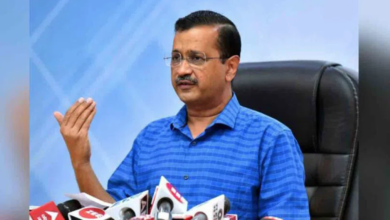Editorial: Another milestone in space journey

The 34 metre tall, 3-stage SSLV, carrying three satellites to a circular orbit 450 km above Earth, was successfully launched from the Satish Dhawan Spaceport in Sriharikota

Hyderabad: The successful launch of the developmental flight of the Small Satellite Launch Vehicle (SSLV-D2) marks a significant milestone in India’s space journey, providing an edge for the country to tap the growing global potential for satellite commercial market. The 34 metre tall, 3-stage SSLV, carrying three satellites to a circular orbit 450 km above Earth, was successfully launched from the Satish Dhawan Spaceport in Sriharikota. The development has an immense significance for the Indian Space Research Organisation’s (ISRO) as it provides low-cost access to space, offers low turn-around time, facilitates flexibility in accommodating multiple satellites and demands minimal launch infrastructure. The rocket can be assembled by a small team in only a few days, compared to at least six months and around 600 people it takes for ISRO’s workhorse Polar Satellite Launch Vehicle (PSLV). The exclusive launcher will give ISRO a clear market advantage. Incidentally, the first attempt of the demonstration flight on August 7 last year had failed at the final stage in placing the payload in the right orbit. The SSLV is the sixth launch vehicle that ISRO has designed and developed to lessen the burden of the PSLV and cater to the small satellite launch market. It offers a “launch-on-demand” facility for smaller satellites weighing up to 500 kg into low Earth orbit. The SSLV has the capability to launch mini, nano, or microsatellites weighing between 10 kg and 500 kg into a 500-km planar orbit.
The global market for small satellites was about $7.8 billion in 2019 and is projected to grow to about $25 billion in a decade. Given the reputation of the PSV as an established player, providing low cost and competitive launch services, ISRO will benefit enormously by establishing the SSLV as an exclusive offering in the near future. New Space India Limited (NSIL), the commercial arm of ISRO, can offer the SSLV with advantages of lower operating cost, and quicker assembly and preparation time. The SSLV successfully placed three satellites in orbit — ISRO’s earth observation satellite-07 (EOS-07), and two passenger satellites Janus-1 and AzaadiSat2. Janus-1, a 10.2 kg satellite, belonging to ANTARIS, US. About 750 girl students from all over India collaborated to develop the 8.7 kg satellite AzaadiSAT-2. The development and manufacture of the SSLV are expected to create greater synergy between the space sector and private Indian industries. Indian industry has a consortium for the production of PSLV and should come together to produce the SSLV as well. One of the aims of the newly created ISRO commercial arm, NSIL, is to use research and development carried out by ISRO over the years for commercial purposes through industry partners. There are more than 500 industries contributing to ISRO programmes at present, and more than half of the project budget outlay for space programmes flows to these industries.







